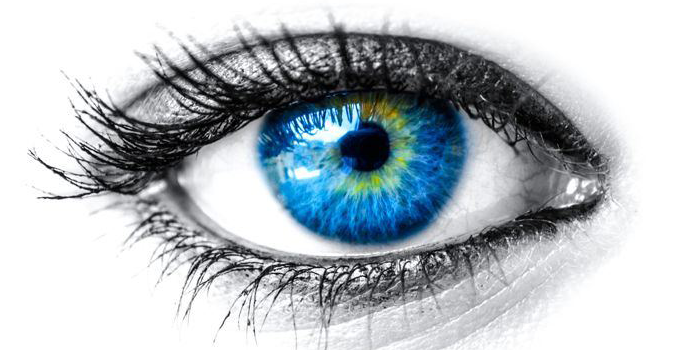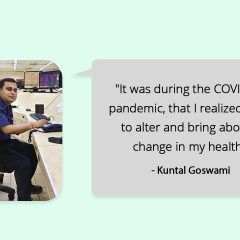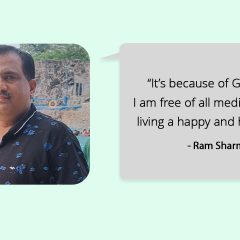
Coriander Leaves are commonly present in most of the homes in Indian family. It is mostly used in garnishing Indian dishes. It is considered both as a spice and a herb. Health Benefits of coriander are numerous. Its dark green color makes it more attractive and appealing to taste, little did we know that these leaves are loaded with innumerable health benefits. There is a huge list of nutrients that this herb contains. To start with, it is a very good source of Vitamin A, C and K and traces of B vitamin are noticed. In the mineral department it provides high amount of calcium and potassium. Both of these have are helpful for relieving various ailments. Then there is also iron, manganese and sodium and is also a wonderful source of Dietary fiber. Coriander has been called Commando Coriander because regular consumption of coriander in good amount gives the body lot of phytonutrient which helps to combat lot of diseases and also helps in preventing them. Some of the health benefits of coriander are as follows. Coriander leaves contain Lianol and essential oil that can help detoxify the liver and help in bowel movements. It contains anti-inflammatory properties. This is why it is good against inflammatory diseases such as Arthritis. Coriander has antiseptic properties because of presence of Complex vitamin, this makes it helpful to cure mouth ulcers. Coriander contains high amount of Iron which makes it useful in treatment of Anemia. Coriander is good for eyes. Antioxidant in coriander prevent eye diseases. Its good remedy in treatment of conjunctivitis. Vitamin K present in Coriander is useful in treatment of Alzheimer’s disease. The fat soluble vitamin and antioxidant vitamin A in Coriander protects from lung and cavity cancer. With these numerous health benefits, consuming coriander on regular basis will help you keep away many health Problems?? So, go ahead, garnish coriander and let it work as your Commando for a Healthy and Disease Free Life.






